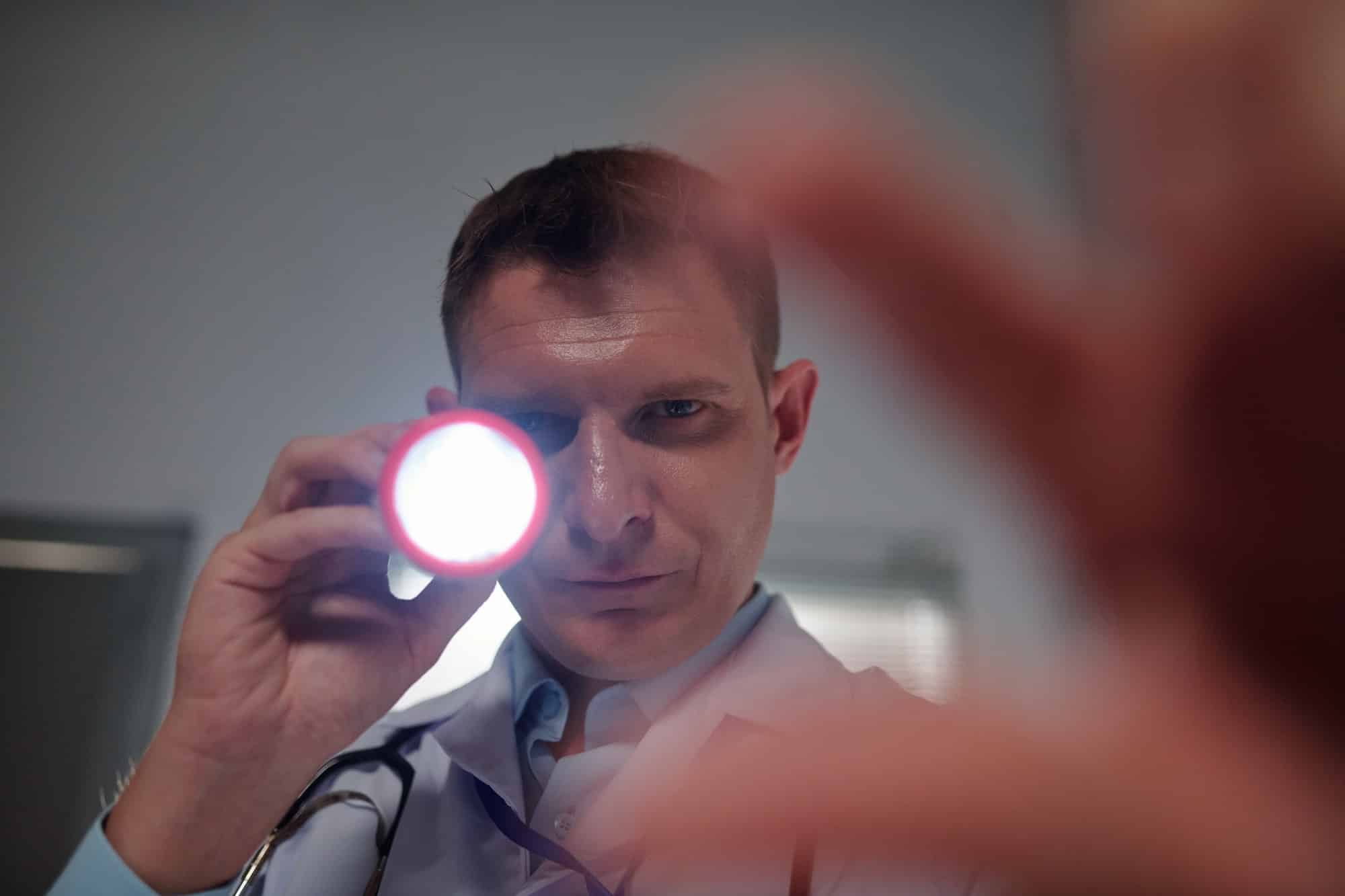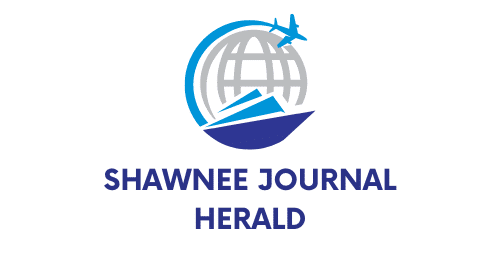What Are the Best Practices for Concussion Baseline Testing in High School Contact Sports?

In recent times, the topic of concussions in sports has gained considerable attention in the public sphere, specifically in the context of young athletes in school sports. This attention arises from a growing realization of the potentially damaging effects of these brain injuries on the long-term health and cognitive function of young athletes. The best way to manage these risks and to facilitate the safe return to play for athletes who have suffered a concussion is by employing a comprehensive and robust concussion management program. Of paramount importance in this program is the concussion baseline testing. This article explores what the best practices are for concussion baseline testing in high school contact sports.
Understanding Concussion Baseline Testing
Baseline testing forms a critical component of a proactive concussion management strategy. This series of tests is performed during the pre-season for each athlete and its purpose is to establish a pre-injury overview of the athlete’s brain function. This includes the assessment of aspects such as balance, brain processing speed, memory capacity, and the presence of any concussion symptoms. In the unfortunate event of a concussion, these baseline measures then provide a comparison point.
Cela peut vous intéresser : How Can Advanced Video Analysis Techniques Improve Tackling Skills in Youth American Football Players?
Baseline testing is particularly instrumental in high school sports, where young athletes are at a heightened risk of concussions. The brain of a high school athlete is still in the developmental stage and thus, more susceptible to injury. Moreover, they may take longer to recover from a concussion than adults, making the effective management of these injuries even more critical.
Best Practices for Baseline Testing
When it comes to concussion baseline testing, following best practices is essential. The health and safety of the athlete must be the top priority. Here are some of the best practices for baseline testing:
Avez-vous vu cela : What’s the Latest on Probiotic Supplementation for Enhancing Immune Function in Elite Cyclists?
-
Regular Testing: Athletes should undergo baseline testing every year, given the ongoing brain development in high school athletes. What is normal for an athlete at the start of the school year may not be the same at the end of the year.
-
Comprehensive Testing: Baseline tests should be comprehensive and examine all areas of brain function that can be affected by a concussion. This includes cognitive, balance, and neurological assessments.
-
Professional Supervision: It’s crucial to have these tests administered by a trained healthcare professional. This ensures that the tests are conducted correctly and the results are interpreted accurately.
-
Individualized Approach: Every athlete is unique. Therefore, it’s essential to adopt an individualized approach when interpreting the results of the tests and creating a recovery plan.
The Role of Schools in Concussion Management
Schools play a critical role in concussion management. Since a significant amount of sports activity takes place at school, school authorities must ensure that they have a robust concussion management program in place. This includes conducting regular baseline testing, educating athletes about the risks of concussions, and creating a supportive environment for recovery.
Furthermore, schools should collaborate with healthcare professionals to ensure that concussed athletes receive the appropriate care and that their return to play is managed safely. The role of the school does not end with the athlete’s return to play; they should also facilitate the athlete’s return to learn. Since concussion symptoms can interfere with learning, schools need to provide appropriate academic accommodations.
How to Safely Return to Play After a Concussion
The decision to return to play after a concussion should always be made by a healthcare professional. The first step in this process is to ensure that the athlete is completely symptom-free at rest. This is followed by a gradual increase in physical activity, closely monitoring for any recurrence of symptoms.
Baseline testing results can be instrumental in this process, aiding healthcare professionals to understand when an athlete’s brain function has returned to their pre-injury state. However, return to play is not merely about restoring brain function. Athletes need to be eased back into their sport, starting with light, non-contact drills before gradually moving to full contact play. Throughout this process, athletes should be closely monitored for any signs of symptom recurrence.
In summary, concussion baseline testing is an essential tool in the management of sports-related concussions in high school athletes. By following the best practices for baseline testing, schools can play a critical role in safeguarding the health of their student-athletes and ensure their safe return to play following a concussion.
The Significance of Athletic Trainers in Concussion Management
Athletic trainers form an integral part of a high school’s sports medicine team and play a vital role in concussion management. These healthcare professionals have specialized knowledge about sports injuries, including concussions, and are typically the first point of contact when an athlete suffers a head injury. Their expertise is crucial in the immediate response to a potential concussion, providing initial assessment, and guiding the injured athlete’s path to recovery.
The athletic trainer’s role extends beyond the sports field. They are also instrumental in facilitating the athlete’s return to learn. After a concussion, student-athletes may experience symptoms such as headaches, difficulty concentrating, or sensitivity to light and noise, which can affect their academic performance. As a liaison between the student, school, and medical professionals, athletic trainers can help coordinate academic adjustments to accommodate the student’s concussion symptoms.
Additionally, athletic trainers are responsible for conducting concussion baseline testing. Ensuring that this testing is completed annually and that the results are correctly interpreted is an important part of their role. In doing so, athletic trainers provide a valuable resource in the event of a traumatic brain injury, facilitating a safer return to play for the athlete.
The Importance of Education and Awareness in Managing Sport Concussions
Education and awareness are key components of effective concussion management in high school contact sports. All stakeholders, including athletes, parents, coaches, and school staff, need to be fully informed about the signs and symptoms of a concussion, the importance of immediate reporting, and the proper protocols to follow if a concussion is suspected.
Pre-season educational sessions conducted by athletic trainers or other healthcare professionals can be highly effective in disseminating this information. These sessions should cover the basics of brain injury, the potential long-term impacts of concussion, and the vital role that baseline testing plays in managing these injuries.
High schools must also foster an environment where athletes feel comfortable reporting concussion symptoms. Athletes should understand that their health is the priority and that reporting a potential concussion is a strength rather than a sign of weakness. The sooner a concussion is identified, the sooner appropriate care and management can begin, which leads to a safer return to play.
Moreover, everyone involved should be aware that concussion management is a step-by-step process. From the moment the brain injury occurs until the athlete’s return to learn and play, each stage needs to be handled with care and patience, always prioritizing the athlete’s health.
Conclusion
The issue of concussions in high school contact sports is a critical concern that demands a comprehensive strategy. Employing best practices for concussion baseline testing, involving athletic trainers in concussion management, and promoting education and awareness are key steps in this strategy. A collaborative effort from athletes, parents, coaches, schools, and healthcare professionals is needed to ensure the safety of student-athletes. Remember, the goal is not just to get athletes back in the game but to do so without compromising their long-term health and cognitive function. By adhering to these best practices, we can make high school sports safer for all athletes.
